News Archive
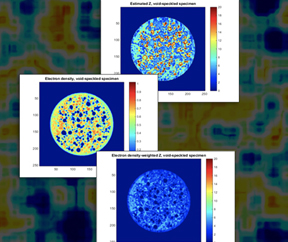
Method to Extract System-Independent Material Properties From Dual-Energy X-Ray CT
TNCI team members have published in IEEE an advanced technique to accurately estimate 3D material properties on any DECT scanner
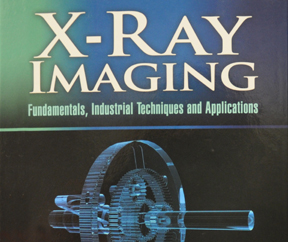
Lab employees author new book on industrial X-ray imaging
LLNL physicist Harry Martz, Jr., computer scientist Daniel Schneberk and retired engineer Clint Logan have authored a comprehensive book on the history and fundamentals of modern industrial X-ray imaging...
For more information, visit the Publisher's Web.

Active & Passive Computed Tomography (A&PCT)
Measurement of radioactivity in a 55-gallon hazardous waste barrel can be misled by internal heavy elements that shield the emitting sources. A&PCT corrects this effect, leading to an accurate radioactive assay.
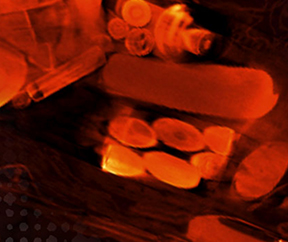
X-ray Imaging of Baggage and Cargo
NCI supports the DHS mission to detect and identify explosives and other contraband for aviation and cargo security.
For more information, visit the Publisher's Web.
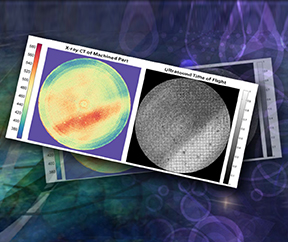
NDC of Additively- Manufactured Parts
3D-printed materials are inspected by CT and ultrasound to study part structure and defect formation.
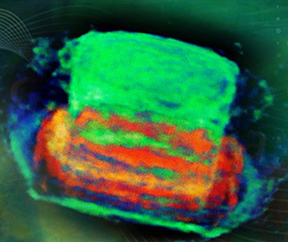
Imaging High-explosive Detonators
LLNL, LANL and NSTec teamed up to inspect exploding slapper detonators using Argonne’s Advanced Photon Source synchrotron.
For more information, visit the Publisher's Web.
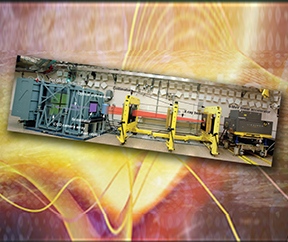
A CAT Scanner for Nuclear Weapon Components
LLNL has built and installed a specialized scanner at the Pantex Plant to inspect heavy, dense objects in the nuclear stockpile for damage or aging.
For more information, visit the Publisher's Web.
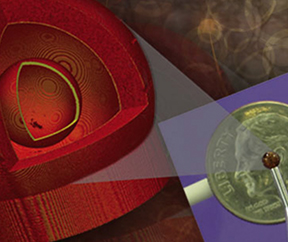
3D Tomography of Laser Fusion Targets
Poppy-seed-sized targets are carefully constructed to maximized fusion yield. Cutaways of computed tomography images help to determine fabrication quality. .
For more information, visit the Publisher's Web.
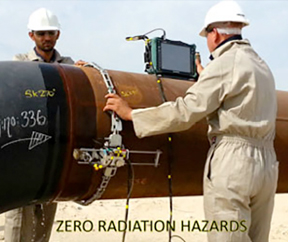
A phased-array ultrasonic testing (PAUT) system has been fielded for the first time at LLNL in support of Sierra Nevada containment-vessel inspection, demonstrating this new LLNL capability and expertise...
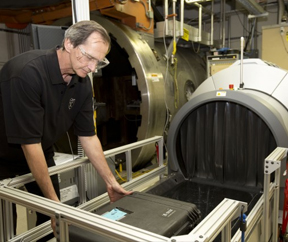
Lab researcher Harry Martz makes flying safer for Americans
Each time you step on a commercial flight, you can feel safer because of a researcher you've probably never heard of. His name is Harry Martz. He's a veteran scientist...

Understanding Homemade Explosives to Enhance Aviation Security
With more than 600 million passengers boarding U.S. airliners yearly, protecting the flying public from onboard explosives is a critical responsibility for the Department of Homeland Security (DHS) and its...
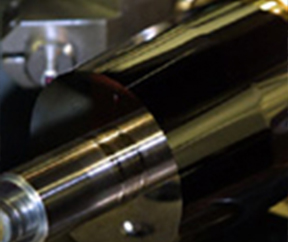
Characterizing tiny objects without damaging them
The Center for Nondestructive Characterization (CNDC) in Livermore’s Engineering Directorate has begun an ambitious effort to develop a new capability to characterize materials and objects in the mesoscale—the length scale between...
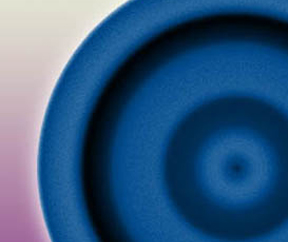
The x-ray image of your daughter’s broken arm is really a picture of shadows. If the image is caught on film, dense material like bone will appear lighter because it absorbs more of the x rays than organs...
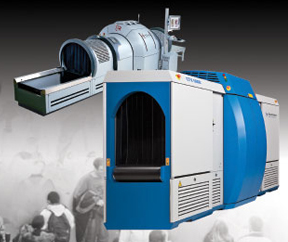
Preventing Terror in the Skies
Air travel is a popular mode of transportation. Each year, more than 600 million people board U.S. flights for business or pleasure. A coordinated terrorist strike on commercial airlines could have a detrimental effect...
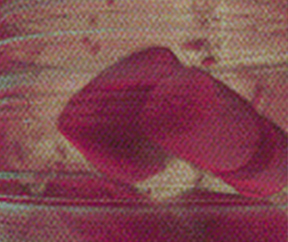
LLNL Team wins R&D 100 Award for Radioactive Waste Imaging System
A group of Lawrence Livermore National Laboratory employees, led by Harry Martz and Pat Roberson, were recently awarded an R&D 100 Award for their project, Waste Inspection Tomography using...

Active and Passive CT for Radioactive Waste Assay
More than half a million drums of radioactive waste are stored at 30 Department of Energy sites across the nation, with thousands more to come as additional facilities at weapons complex sites...
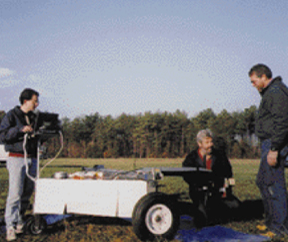
LANDMARC: Making Land Mine Detection and Removal Practical
While diplomats work to restrict the manufacture, sale, and use of land mines worldwide, a massive cleanup effort is needed to find and destroy the estimated 100 million land mines still buried...
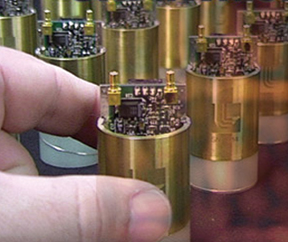
Lawrence Livermore research efforts and inventions quietly advance many fields. In one instance, however, a Livermore invention that stemmed from laser research has spawned a variety of new commercial products...
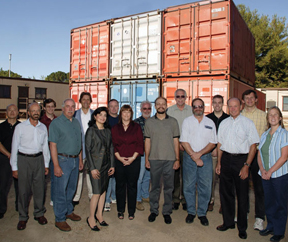
Protecting the Nation through Secure Cargo
Every year, more than 200 million cargo-container shipments transport 90 percent of the world’s cargo. Over 11 million of these shipments arrive in the U.S., carried on ships, trains, planes, and trucks...
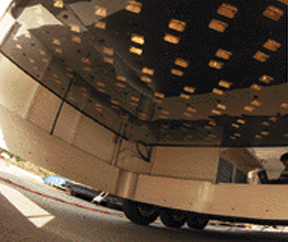
Say the words "closed" or "construction ahead," and see despair cloud a driver's face. It's hard enough to drive on roadways these days without added disruptions...

A CAT Scanner for Nuclear Weapon Components
The Department of Energy’s National Nuclear Security Administration (NNSA) is looking to accomplish even more within its budget constraints, as it pursues a smaller, safer, more secure, and less expensive nuclear weapons complex...



